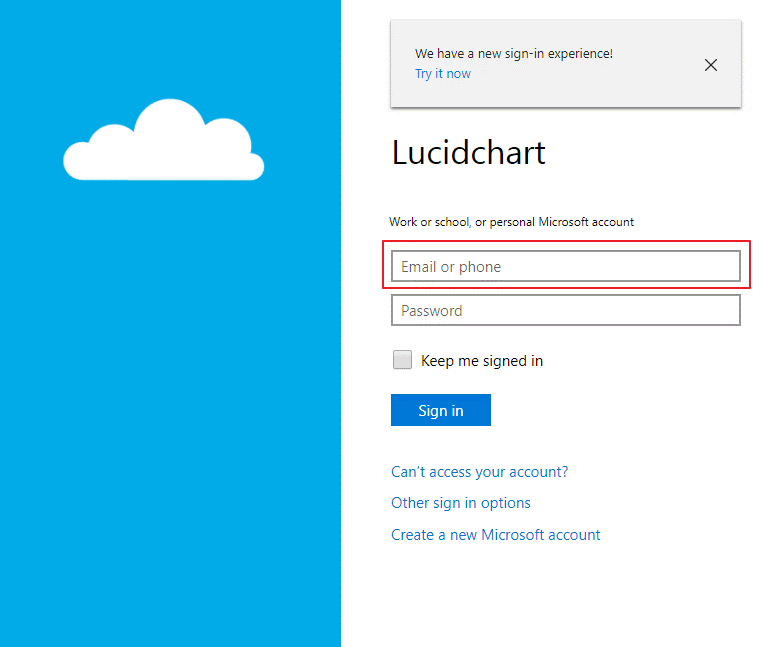

You can perform this Cross-Account role task several times so that you can add multiple accounts to your LucidChart portal. When you’re done, you’ll need to enter the Role ARN that you created and an account name for description purposes. The role permissions can be directly copied and pasted into the JSON tab in the AWS IAM console to make setting up the IAM role a quick and easy procedure. At this point you should go setup this Cross-Account Role in your AWS environment based on the instructions from Lucidchart. This screen will show you the permissions needed and generate the policy code to deploy these permissions in your AWS account. As you can see there are several ways to accomplish this including the preferred method of using a Cross-Account Role.

Next, you’ll need to give Lucidchart permissions to read data from your AWS account. On the import AWS Architecture screen that opens, you’ll want to click the option to import your AWS Data, or if you just want to see a sample, choose the sample data to give you an idea of what it might be able to display. Once your new template is open, go to File –> Import Diagram and then choose AWS Architecture. Since I installed the AWS integration I’m going to build a network diagram of my AWS account(s) by selecting the AWS Network Diagram template which is found under the “Network” category. To get started create a new diagram from the “More Templates” option in Lucidchart account. Simple go to the Integrations link in your Lucidchart account, select and install the integration you’re interested in and you’re ready to get started. The example that I’ll show in this post is using the Amazon Web Services integration to automatically build a diagram of my environment but there are a whole list of integrations available for you to utilize. So what are integrations? Well as you might guess its a way for a third party to use Lucidchart to build diagrams. Now I’m still kind of fond of Visio, but the Integrations feature with Lucidchart on top of the web interface allowing me to use it anywhere, is enough to make me drop Visio for the long haul. I thought since it’s a new year I should try Lucidchart and see what I though. But I do use a Macbook when I travel and firing up Fusion just to run Visio is frustrating. I have been building Visios for a pretty long time and know where all the menus are so I’m pretty fast with it. Okay, I’m scared of change just like everyone else.


 0 kommentar(er)
0 kommentar(er)
